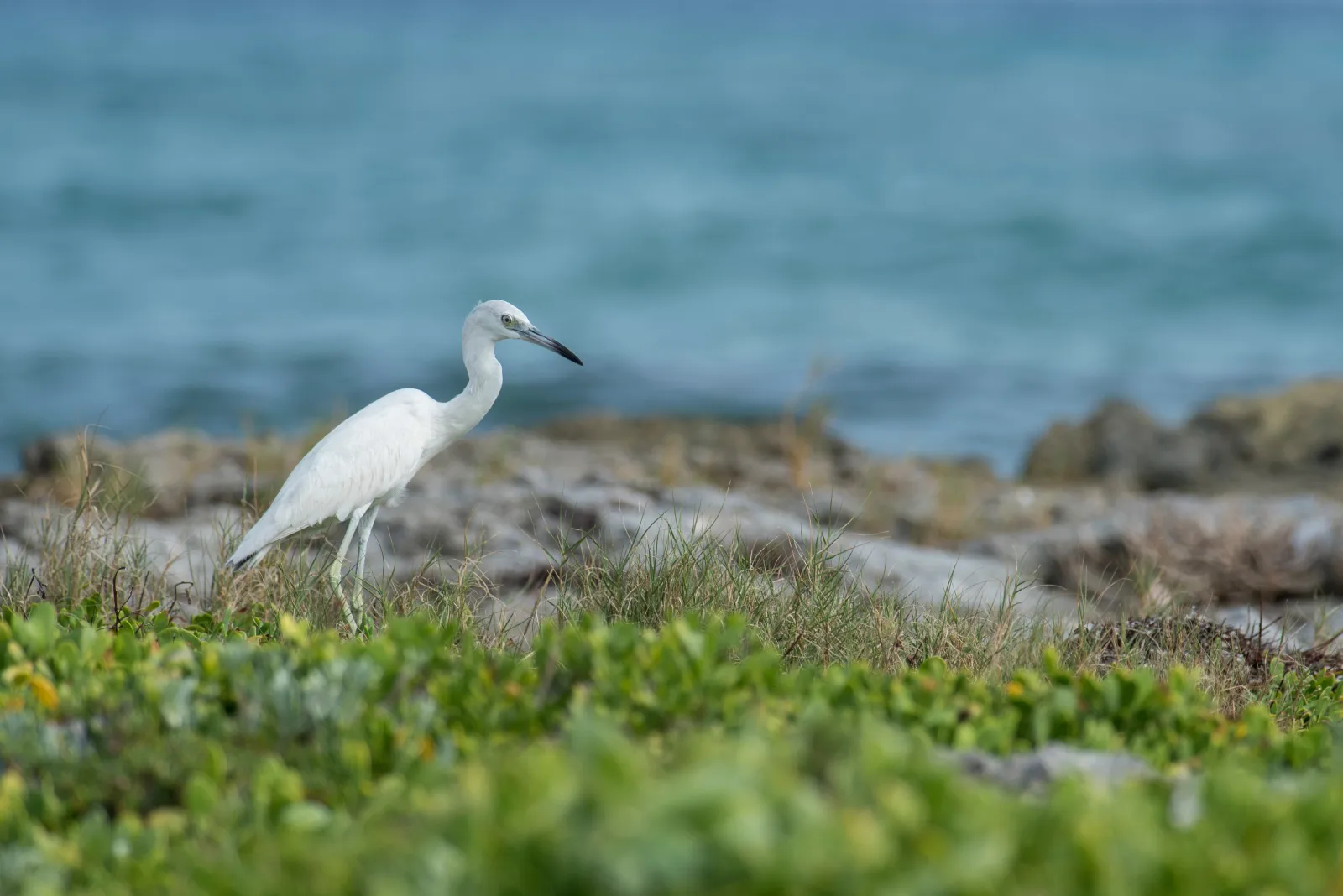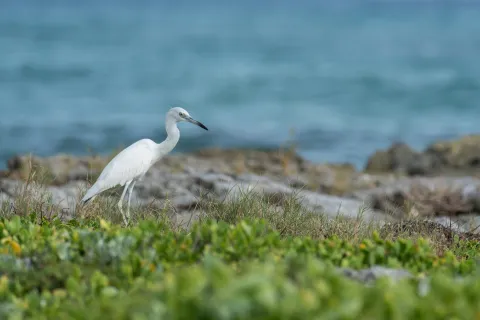Major partners in KBA Conservation
Among the 13 KBA Partners, two are primarily donor agencies that support conservation of KBAs:



All conservation donors (Philanthropists, Foundations, bilateral and multilateral, etc.) seek to ensure that their investments have the greatest impact for biodiversity. KBAs provide a useful tool to guide investment decisions as they identify sites of global biodiversity significance.
Among the 13 KBA Partners, two are primarily donor agencies that support conservation of KBAs:
Other donors are funding the identification and conservation of KBAs, recognising the importance of targeting actions on globally important sites and populations to achieve the greatest return on conservation investments and halt extinction.
While donor support has already driven substantial progress, the next years will require even greater investment and collaboration to effectively identify KBAs worldwide. Results from the eleven countries that have already made a comprehensive assessment of their KBAs indicates we are missing about half our KBAs elsewhere. Supporting comprehensive assessments across all countries would develop a detailed blueprint for global conservation planning—one that is more comprehensive and effective than ever before.
Our biggest ambition over the next 10 years is to ensure that every country on Earth has fully re-assessed and updated its Key Biodiversity Area network. To make this happen, we urgently need funding to support local and global efforts.